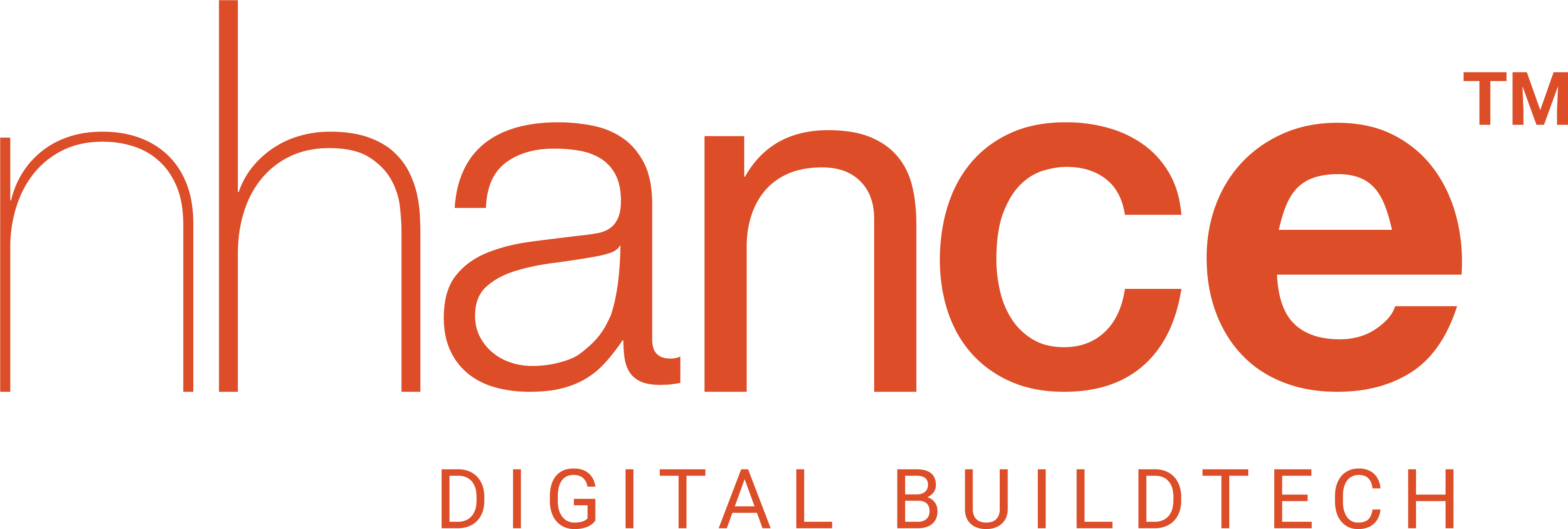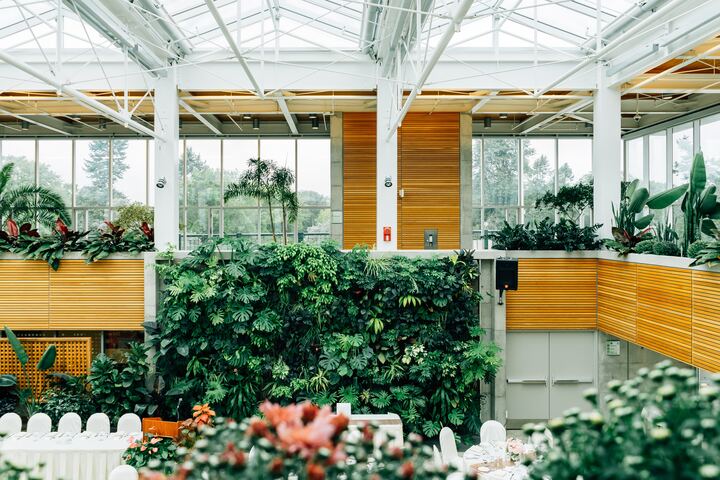The future-facing ‘Digital Twin’ technology has become increasingly important in recent years. Its capacity for empowering the sustainability perspective of numerous industries, including commercial real estate cannot be left unnoticed.
The global market for digital twins is likely to grow at a CAGR of 37.5% between 2023 and 2030. Technology is reforming the real estate industry and swiftly gaining ground in the market for smart buildings by bridging the gap between the real and the virtual world. Building owners are promptly adopting the technology as it serves as a single-window means for them;
1. visualize building activities
2. get real-time data and analytics on the building’s capacity and components
3. simulate real-world processes within the building facility.
It creates a coherent information network by compiling data from various systems and sensors installed in a building and also provides advanced intelligence when combined with predictive algorithms in an AI-based environment. The digital twin model generates descriptive, diagnostic, predictive, and prescriptive analytics for enhanced decision-making.
Sustainability and Digital Twin Technology
Sustainability is imperative to compete in modern-day markets. Its context goes well beyond environmental concerns to strike a careful balance between profit, environment, and people. In the case of built spaces, the efficiency of physical assets and the longevity of a building are also inextricably linked to its sustainability.
Smart building stakeholders are adopting digital twin technology to improve their operational, design, and maintenance processes in the built environments. It is helping them build sustainable processes in the following ways:
Designing and Planning: Digital Twin enables architects, designers, and planners to test ideas, simulate outcomes, and investigate a wide range of scenarios to comprehend all possible “what if” scenarios for a final design that is fine and sustainable. It can involve everything from picking the best sustainable materials to figuring out the most effective construction techniques to balance costs and CO2 emissions causing environmental effects.
Operations and Management: Digital Twin system users can monitor all the physical world trends in real-time. By simulating, testing “what-if” situations in the model, and projecting future outcomes for the facility across its lifecycle, real-time data analysis can help to streamline operations in a facility. These predictive capabilities lessen risks, costs, and disruptions related to building operations. The technology can help the built structures to achieve long-term sustainability and to continue operating well in the face of unforeseen difficulties like dramatic temperature changes, natural disasters, and infectious diseases through predictive data that aids the strategic readiness of managers in “what-if” scenarios.
Maintenance: Advanced applications of digital twins include predicting maintenance requirements, maintenance schedules, pre-ordering parts, and eliminating labour and material waste. Building managers and owners can use the technology to analyze historical and real-time data to find inefficiencies in a facility. digital twins’ predictive abilities can anticipate future problems and help in creating and resorting to sustainable solutions accordingly.
Cost Effectiveness: With the aid of digital twins, cost and time savings are possible. Having access to all sorts of building-related data, contractors can remotely plan required repairs, reduce time spent on the job site and optimize system downtime. This increases process efficiency and helps keep projects on schedule and within budget. Besides, the Digital Twin systems can minimize inefficient energy use, identify areas with declining air quality via remote monitoring and optimize energy systems like the HVAC and ventilation systems to maintain a healthy and energy-resilient environment in the buildings.
A digital-twin solution can integrate both new and current systems and give predictive data to guide system repairs while making sure that all building norms and rules are followed, and renewable energy options are embraced. Accomplishments with technology are limitless. Many facility managers are utilising the latest digital twin technologies to assist them in managing their shifting objectives and transforming their structures into smarter, healthier, and more sustainable ones. If you are ready to incorporate a building model that is ready for a modern data-driven approach to sustainability gaining ground in the future, contact us at nhance.ai.








